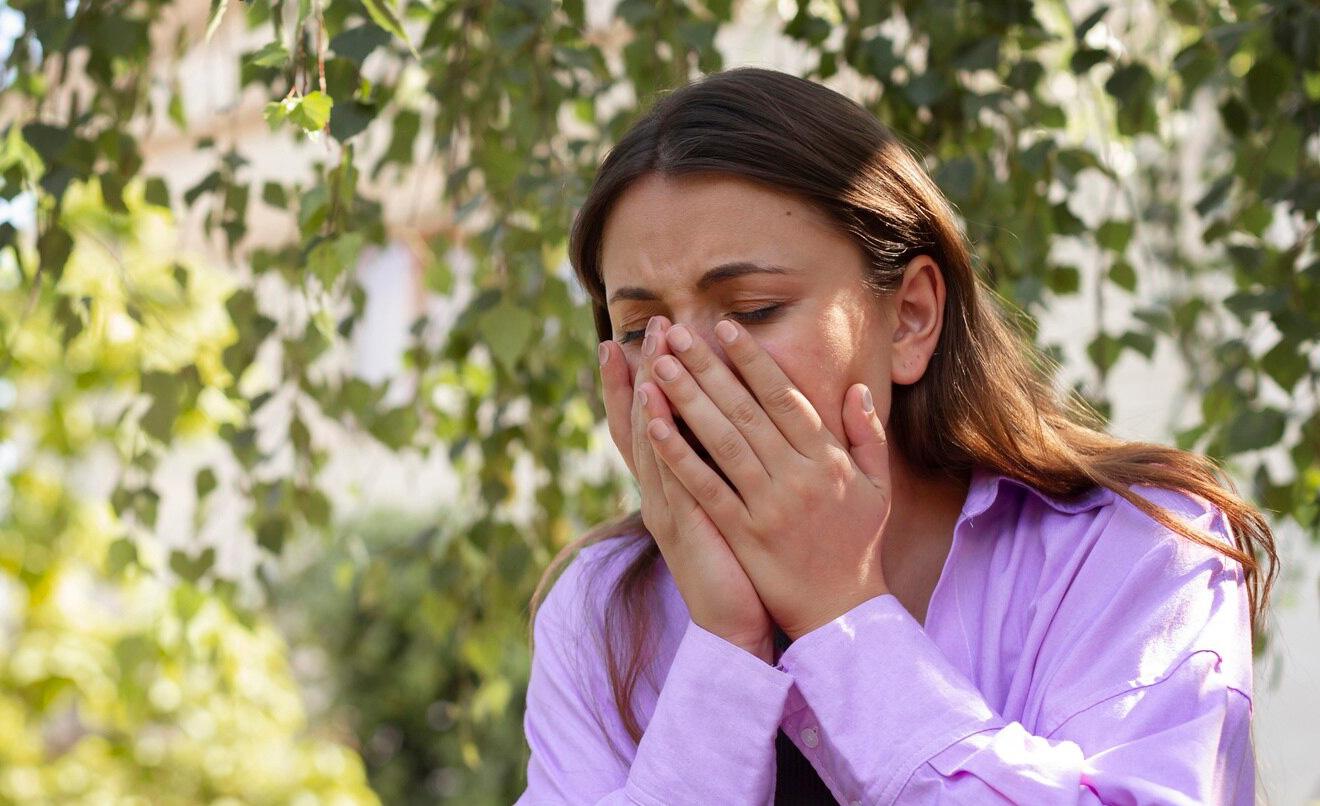
Allergy is an exaggerated response of the
immune system against external substances that it interprets as harmful, even
if they aren’t. These substances are called allergens.
One of the most common allergies is pollen
allergy. According to the Spanish Society of Allergology and Clinical
Immunology, there are approximately eight million people in Spain who suffer
pollen allergy. But due to climate change, that number is expected to increase
in the next years. Warm winters, less rain and early springs have made pollen
allergy something less typical of spring months. Why? Because now, allergies
tend to start in February and end in autumn, making it almost perennial.
There are many types of plant species that
produce allergy-susceptible pollen: Trees such as ash, birch, olive, etc.,
some bushes like ribwort plantain or mugwort and, lastly, grasses. The latter
is a family of plants whose pollen is highly allergenic. There are more than
700 different genres and 12 000 different species. Some examples of
grasses are wheat, rye, oat and many species that are considered as weeds and
that grow at the sides of paths and roads.
The most common symptoms of pollen allergy are:
rhinitis, sneezes, itchy eyes and nose, red and watering eyes or cough. These
symptoms are troublesome and can affect the everyday life of affected patients,
their quality of sleep and focusing capacity.
Some tips to stop allergy
Nature’s help
There are some plants that have been
traditionally used, due to its anti-allergic properties, since they soothe
cough, itchiness, etc.
Thyme: the essential oils of thyme grant this plant many of its helpful properties in case of allergies. Among them, thyme is a respiratory antiseptic, antitussive and expectorant